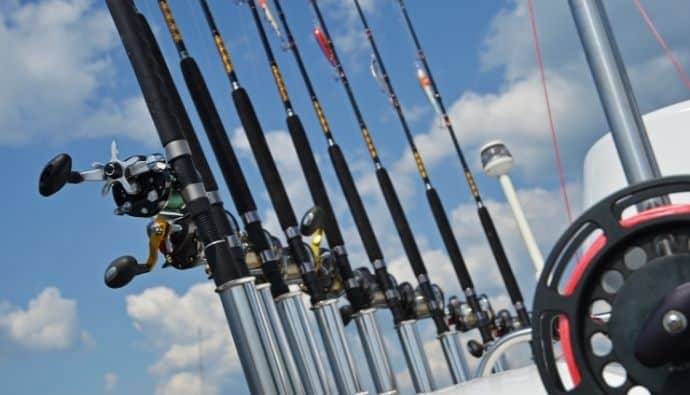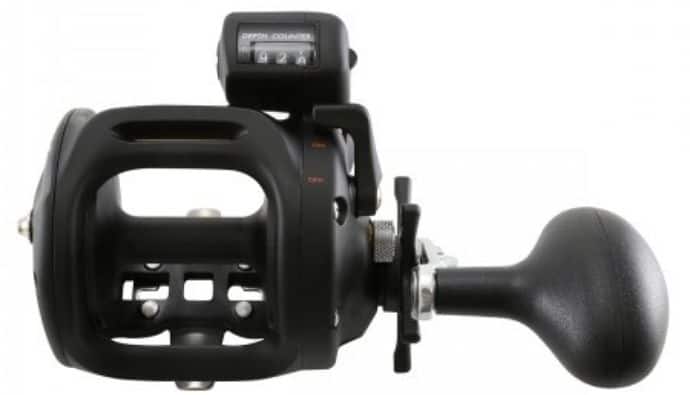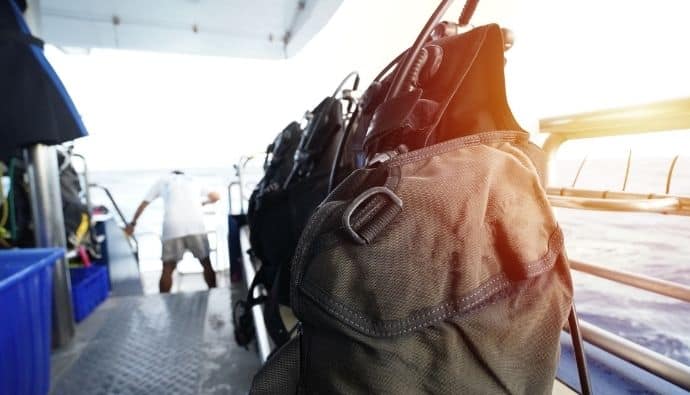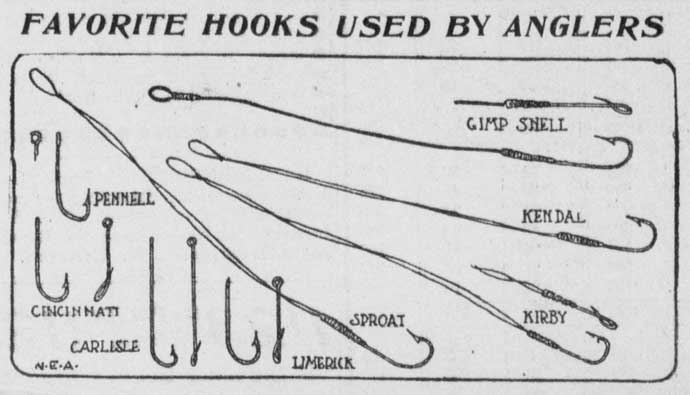Going out on a fishing trip is one of the best ways to spend time with friends and family. But if you’re all beginners, it can be confusing to decide what to wear. Fortunately, this article is here to help you with what to wear fishing.
This guide has been designed specifically with your needs in mind. So regardless of gender, age, or skill level, this article will help you pick out your fishing clothes.
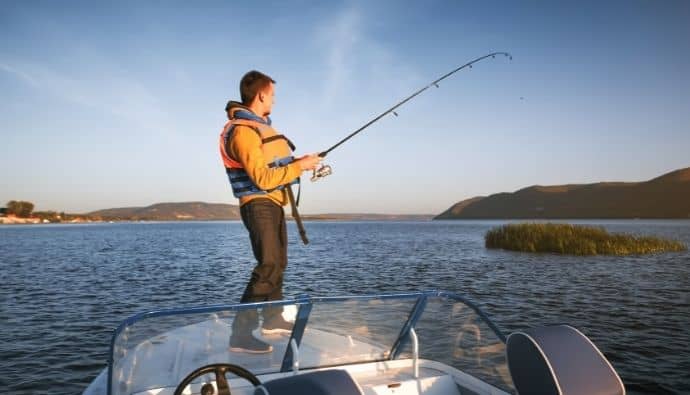
Base Layer
So what to wear while fishing? You’re going to start with your base. The base layer refers to what you wear on your upper body underneath everything else and sometimes depends on the weather conditions.
You might not need any other layers on top when fishing, though it’s still important to stay protected against the hot sun.
In colder weather or on a rainy day, it would be best to wear the best fishing rain gear, especially long sleeve fishing shirts, rather than a tank top or t-shirt as your base. This layer would help retain your body temperature serving as a protective layer from cold weather.
Long sleeves are also protective against heat stroke and sunburn in hot weather because they cover your arms. More coverage also means more areas will absorb more sweat and moisture.
Polyester would be a great choice of material for your base layer. It is designed to soak up more moisture and offer more breathability while fishing. Additionally, spandex is also a good choice if you prefer a tighter fit, and it looks good on both men and women.
Top Layer
You can wear a simple shirt and jacket to keep your torso warm. This could be a given option to places with colder climates.
Collared Shirts
A collared shirt would be a great top layer for fishing. These shirts can protect anglers from harmful UV rays while also keeping them cool. Button-down shirts provide protection with a classic yet relaxed feel that you can easily take off.
On long outings where the weather could shift over time, wearing a collared shirt also serves as a neck cover or to shield the back from UV rays. They help protect against the cold when going fishing.
There are collared shirts specially designed for women with lightweight, moisture-wicking stretch fabric to keep anglers cool all day.
Waterproof Jacket
Feel free to use any jacket you have at your disposal. A warm jacket is perfect in cold weather and can protect you against a cold breeze, and even better if it’s a waterproof jacket to avoid getting wet while fishing.
If you’re on a budget and can’t spend too much on dedicated fishing gear, any jacket will do. Even wool sweaters would suffice to give you enough protection against cold weather. You can wear a tank top as your base, a t-shirt or long-sleeve as a middle layer, and a jacket to top it all off.
Lower Body
For your lower body, you can use any kind of long pants or shorts if you don’t mind it getting dirty or potentially ripped while fishing. It would be preferable if you didn’t use pants made of cotton or denim to give you the right amount of movement range and the most comfort.
And for your feet, a good pair of socks and enclosed shoes could do the trick. These pieces of apparel will keep you nice and warm while also being comfortable enough to move around with. If you have boots, it might also be a good idea to wear them.
Cargo Pants or Shorts
Cargo pants or cargo shorts are typically a go-to option, and for versatility, convertible cargo pants would be the middle ground. And to add to that, there are waterproof options as well.
Speaking of waterproof, you could also use durable chest waders. They incorporate boots and water-resistant pants into an overall. They are completely scratch and stain-resistant and are designed for waterworks.
Wool Socks and Waterproof Shoes
As for footwear, wool socks will be more than enough to keep your feet warm. There are socks made from merino wool which are thin for regulating body heat and comfort. If you have the resources, investing in waterproof shoes would be the best solution.
Now, if you are going to wear shoes, make sure it has sturdy sole. You don’t want a part of your shoe to be left in the water. And if you plan to fish in shallow water, rubber boots would be a good idea.
Even your standard rain boots are more than enough to keep your feet dry when you’re out fly fishing in the great outdoors.
If you’re not into anything fancy and don’t want to wear shoes at all, you could do with a pair of flip-flops when you go fishing. But you want to prioritize your health and safety all the time, so keep that in mind.
Accessories
For additional protection, you might want to wear a few more things. However, these accessories are not required for fishing.
Sunglasses
If you’re going out in broad daylight to fish, getting struck by the bright sunshine in your eye can sting, especially when it reflects off the water’s surface. Any pair of sunglasses you already have would do, but polarized sunglasses are a lot different than regular ones.
Polarized sunglasses come in many designs, but their purpose stays the same. They reduce glare & haze from reflective surfaces and block both UVA and UVB radiation. Despite having complete eye protection, you’re bound to look cool in them.
Gloves
Wearing gloves might not be a requirement, but it’s rather very useful, especially fishing gloves. Fishing gloves are like fingerless ones, but you have full coverage on your ring finger & pinky, and the other fingers have detachable extensions to switch from fingerless to full coverage.
Hats
You can never go wrong with head protection when you plan to take your time fishing under the sun. The best fishing hat is also useful during the rainy season. If you want to buy headwear, a wide-brimmed hat might be a good choice.
And in the winter you could wear a warm hat like a beanie. Though, when the rain comes falling, you might want a more water-resistant option.
Conclusion
Any kind of rain gear would be more than enough to keep from getting wet when going out fishing. And even if you do get wet, you’re still bound to have a great time, as long as you bring spare clothes.
And if you don’t have the funds to buy a waterproof jacket, pants, or other water-resistant clothing, you don’t have anything to worry about. Anything that would offer UV protection, sun protection, resistance to cold weather, or anything like that would be enough.
If you’re wearing a cap, the front part will give you protection against the brightness of the sun getting into your eye. Wearing a pair of comfortable pants could also go a long way, as long as you don’t mind getting dirt on yourself or getting your legs slightly wet.
In terms of accessories, using sunglasses and gloves is not required, but if you have them, they could prove useful. So, what are you waiting for? You’re now ready to brave the waters. Good luck!




 Facebook
Facebook YouTube
YouTube